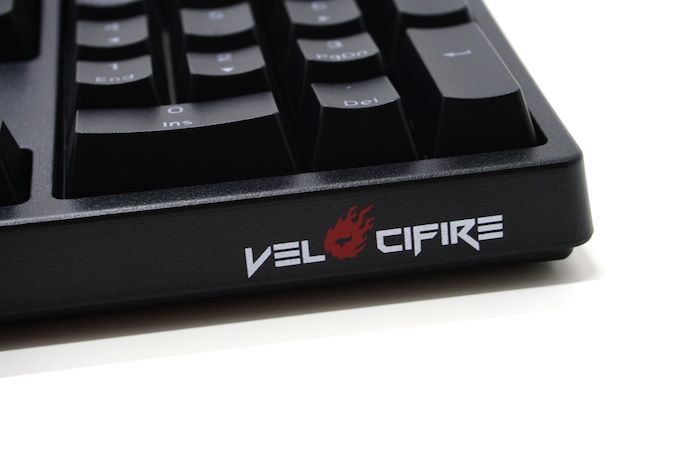
Although they are still as rare as hen’s teeth, wireless mechanical keyboards are shyly showing up in the market. A few weeks ago we had a look at Corsair’s K63 Wireless, a premium (and expensive) offering designed specifically with gaming in mind. Although its battery life was very short when compared to a typical office wireless keyboard, the K63 proved a fine product for gaming as Corsair managed to minimize the input lag, while the wireless keyboard retained all of the programmability features of the wired version.
Following our look at a premium wireless keyboard, it is only reasonable to check what's available at the other end of the spectrum – especially since there is very little competition at all. So for today's review we are taking a look at Velocifire's VM02WS wireless mechanical keyboard, which is an entry-level keyboard with a competitive price tag.
Velocifire was founded in 2015, making them one of the newer players in the PC peripherals market. At this time, the company is solely focused on the development and marketing of PC keyboards. The VM02WS Wireless mechanical keyboard is one of their latest and most ambitious products, with company aiming their marketing towards hardcore typists, such as copywriters, programmers, and other professional writers.
Velocifire primarily sells its products through online retailers, and the packaging of the VM02WS reflects that. There is no kind of glossy retail box to speak of; it is an almost entirely plain brown cardboard box with only the company logo printed on it. Although the box itself is relatively lightweight, it does provide adequate shipping protection for the keyboard.
Inside the box, we found a basic user’s manual, one plastic keycap puller, a bag of rubber o-rings, and the keyboard’s USB cable. The o-rings are optional and can be purchased alongside with the keyboard. They are meant to reduce the keystroke noise coming from the keycap bottoming down on the body of the switch but they will also reduce the effective key travel.
A simple glance at the VM02WS exposes the retro design of a tall keyboard with a thick plastic frame, aesthetically akin to keyboards designed in the 80’s. Virtually only the lack of a hardwired cable and the company’s logo printed at the front of the frame hint that this keyboard is a recent design without a closer examination. This design may not be ideal for keeping a keyboard clean or aesthetically unique, yet it certainly is a classic and preferred by many experienced users and professionals, which is why several companies still offer models based on it.
We received the US layout version of the Velocifire VM02WS. It fully adheres to the 104 keys ANSI layout without any additional keys or buttons. It has a 6.25× Spacebar and seven 1.25× bottom row keys. Velocifire went with a classic, soft, rounded font on the keycaps, which also have the secondary characters printed at the top of the keycap for a clearer backlighting effect. Extra multimedia and backlight control functions are accessible via keystroke combinations using the Fn key. This keyboard does not support any kind of advanced programming, such as macros.
As we mentioned above, the Velocifire VM02WS is a tall keyboard, one that many users will not enjoy using without a wrist rest. Some professionals, especially coders and typists who dislike having their wrists touching the desk or a wrist rest, will love the VM02WS as is. On the other hand, those that keep their wrists almost still above a certain area of the keyboard, such gamers, will almost certainly be looking for a comfortable wrist rest.
The bottom of the keyboard is uninteresting. Velocifire placed anti-skid pads on the four corners of the keyboard, which seem to be small but are sufficient to prevent the keyboard from slipping while on a wooden surface. There are also two standard tilt adjustment feet.
Beneath the keycaps of the VM02WS we found an interesting surprise – it sports mechanical switches made by Content, a company that we have yet to examine here at AnandTech. Content is a Chinese manufacturer and is by no means a new company, as they have been around for two decades. Their products can be frequently found into low-cost mechanical keyboards; case in point, the VM02WS.
The Brown switch variation that we found under the keycaps of the VM02WS is an exact copy of the OUTEMU switch, copying the mechanical specifications of the Cherry MX Brown switch and combining them with a clear plastic housing. Unlike OUTEMU, Content copied Cherry’s cross-type supports for the larger keys as well. The switch stems and dimensions are exact copies of Cherry’s, meaning that all Cherry MX compatible keycaps can be used on the VM02WS.
Velocifire went with a white backlight color for the VM02WS that actually looks more like cold blue, with the sole exception being a single red LED under the Space Bar key. The LEDs are powerful and the backlighting bleeds strongly towards the top of the keycaps, creating a somewhat uneven backlighting effect that is obvious with the brightness maxed out. Unfortunately, the clear body of the switches does virtually nothing in order to evenly diffuse the light around the keycap.
Cracking open the plastic frame of the keyboard reveals a typical PCB/Steel Plate configuration, common amongst mechanical keyboards. The switches are mounted on the steel plate and directly soldered on to the PCB, ensuring mechanical cohesion and robustness at the expense of weight. Velocifire is using a rectangular 1850 mAh battery pack that should not be difficult to replace but is definitely not as readily available as standard 18650 or other cylindrical cells. The overall construction feels rigid and the assembly quality is good, especially considering the retail price of the keyboard.
The heart of the Velocifire VM02WS is an 80M08 ZAA8073112, a chip that we could literally find nothing about. We could not identify its manufacturer, let alone its specifications. Honestly, it may be a complete mystery but the keyboard has no advanced functions to speak of, so its processing power or capabilities hardly matter in this case.
In order to test the quality and consistency of a keyboard, we are using a texture analyzer that is programmed to measure and display the actuation force of the standard keyboard keys. By measuring the actuation force of every key, the quality and consistency of the keyboard can be quantified. It can also reveal design issues, such as the larger keys being far softer to press than the main keys of the keyboard. The actuation force is measured in Centinewton (cN). Some companies use another figure, gram-force (gf). The conversion formula is 1 cN = 1.02 gf (i.e. they are about the same). A high-quality keyboard should be as consistent as possible, with an average actuation force as near to the manufacturer's specs as possible and a disparity of less than ±10%. Greater differences are likely to be perceptible by users. It is worth noting that there is typically variance among keyboards, although most keyboard companies will try and maintain consistency - as with other reviews, we're testing our sample only.
The machine we use for our testing is accurate enough to provide readings with a resolution of 0.1 cN. For wider keys (e.g. Enter, Space Bar, etc.), the measurement is taking place at the center of the key, right above the switch. Note that large keys generally have a lower actuation force even if the actuation point is at the dead center of the key. This is natural, as the size and weight of the keycap reduce the required actuation force. For this reason, we do display the force required to actuate every key but we only use the results of the typically sized keys for our consistency calculations. Still, very low figures on medium sized keys, such as the Shift and Enter keys reveal design issues and can easily be perceptible by the user.
Content’s Brown switches are, in terms of specifications, a copy of OUTEMU’s Brown switch. We expected them to perform equally as well but the Content switches seem to be significantly less consistent. The disparity is ±10.89% across the main keys, one of the worst consistency figures we recorded to this date. The average force at the actuation point is just 41.5 cN. The force at the actuation point naturally should be lower than the switch’s maximum force at the travel tipping point, yet this reading is exceedingly low for Brown switches, meaning that either the switches actuate lower than the expected travel point or they are produced to be a little softer than they should actually be.
I always try to use every keyboard that we review as my personal keyboard for at least a week. My typical weekly usage includes a lot of typing (about 50-100 pages), a few hours of gaming and some casual usage, such as internet browsing and messaging. I personally prefer Cherry MX Brown or similar (tactile) switches for such tasks, meaning that the Content Brown switches should theoretically be ideal for my desktop.
Just as expected, I found the Content Brown switches to be comfortable for long-term typing. Their tactile feedback is very subtle and could easily be confused for Red type switches, yet their satisfactory travel and little resistance makes them easy on the fingers and significantly reduces fatigue. The keys are stable, with minimal wobbling. My only complaint would be the significant force difference between the keys – having used a great number of keyboards to date, I could notice the difference between keys with my fingers while I was paying attention. Most people should be unable to even tell the difference but I believe that the force disparity is excessively high.
For gaming, the Velocifire VM02WS is comfortable for long-term gaming sessions, but I believe that it is a keyboard only suitable for single-player games or casual gaming. First and foremost, the VM02WS lacks any kind of advanced programming. Most gamers would definitely like at least basic programmability features, even if limited to basic remapping and application launching. The other issue is the input lag that is most likely caused by its wireless transmitter. That lag should not be noticeable with the naked eye for any person, except perhaps by very few people with highly sharpened senses. However, it was easy to notice it using a 240 FPS camera, where it could be clearly seen that the keycap was bottoming down before there was a response on the screen. Of course, the key-to-screen lag is not the lag of the keyboard alone, but never before we managed to clearly record a lag using this camera. Considering that a 240 FPS camera is not even considered fast today, the lag must be dozens (if not hundreds) of milliseconds to be this obvious. Although it should be unnoticeable for casual gaming and single player games, it is clearly unsuitable for competitive online gaming.
On the plus side, the battery life of the VM02WS is excellent for a wireless mechanical keyboard. With the backlighting turned off, the VM02WS lasted for four days of everyday use. Turning the backlighting on limits the battery life of the VM02WS to about 9-10 hours, enough for a long living room gaming session before it requires recharging. So Velocifire doesn't completely overcome the inherient disadvantage of a wireless mechanical keyboard – a fully electronic keyboard would find its battery life measured in months – but the VM02WS is delivering days of battery life in a field that often only delivers a dozen or so hours.
Velocifire developed the VM02WS in order to fill a specific, unfledged segment of the market – that of wireless mechanical keyboards. With the market for standard (wired) mechanical keyboards having become heavily saturated in the last couple of years, going wireless is the next frontier for PC peripherals companies, especially those who were never able to secure a suitable chunk of the wired market to being with.
The advantage of being an early mover is that there's very little competition right now, and that's especially the case for wireless mechanical keyboards. With most wireless boards priced far above that of the VM02WS, Velocifire has little to worry about in terms of direct product competition, at least for the time being. Despite this, the VM02WS still has to convince users on a more fundamental matter: that it is a viable alternative to regular mechanical keyboards or electronic wireless keyboards.
When the retail price of a product is the primary design consideration, its quality naturally is a concern. Velocifire did a fine job with the assembly and the frame of the VM02WS, creating a solid mechanical keyboard. The quality of Content’s switches, however, is concerning. The actuation force consistency among the switches used in our sample were poor – there are significant differences between the individual switches – indicating loose quality control. We are not worried about any impact the great disparity mght have on performance, but such figures usually do not bode well regarding the longevity of the switches themselves.
There is not much to say regarding the advanced functions of the VM02WS because, mildly put, these are very limited. The only advanced functions available are simple sound volume controls and multimedia commands via keystrokes that include the Fn key, which can nowadays be found on even the cheapest of keyboards. Besides that, the VM02WS does not have any remapping/programming capabilities or any other advanced functions. It is but a simple keyboard, just like any typical office keyboard.
The battery life of the VM02WS is exactly as we anticipated for a backlit mechanical keyboard. It can last for a few days with the LEDs turned off but will drain in a single day if the LEDs are left on. This is more than enough for a gaming session or for doing some work but it definitely will not work for people who want to maintain a tidy, cable-free desktop.
Velocifire’s VM02WS currently retails for $60, a competitive price for a wireless mechanical keyboard. However, we suspect that its sales will be limited due to the user groups it is being aimed at. For gamers, it is not suitable for anything more than casual gaming due to the significant input lag and zero advanced features. The company never tried to approach gamers for a reason, instead focusing their efforts on, as their webpage declares, “Copywriters, Typists, Programmers” However, these users rarely actually need a wireless keyboard or they need a wireless keyboard that its battery can last for months; the market for wireless mechanical keyboards is still a niche market right now, and it's one that seems to be more aligned to consumers than professionals.
Ultimately, if you are the rare case of a professional who likes to lay back on a sofa and work, then the VM02WS may be just the product for you. But that is as far as the keyboard seems to be designed to go: it has a niche and it does it well, and that's pretty much it. So office users who don't need wireless connectivity won't stand to benefit from this keyboard for obvious reasons, and gamers and the like aren't going to come away satisfied from a professional-focused keyboard such as this.
"mechanical" - Google News
January 15, 2020 at 08:00PM
https://ift.tt/38d2mTP
The Velocifire VM02WS Wireless Mechanical Keyboard Review: Scratching the Itch For the Office Niche - AnandTech
"mechanical" - Google News
https://ift.tt/36eZe8V
Shoes Man Tutorial
Pos News Update
Meme Update
Korean Entertainment News
Japan News Update
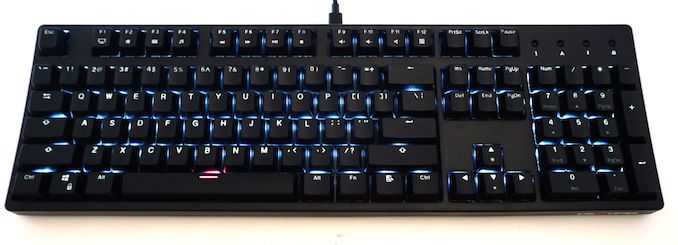
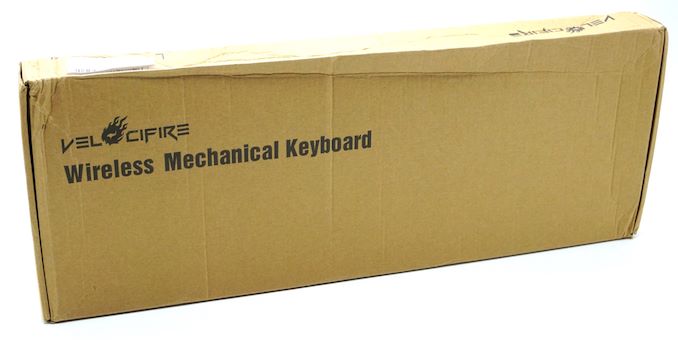
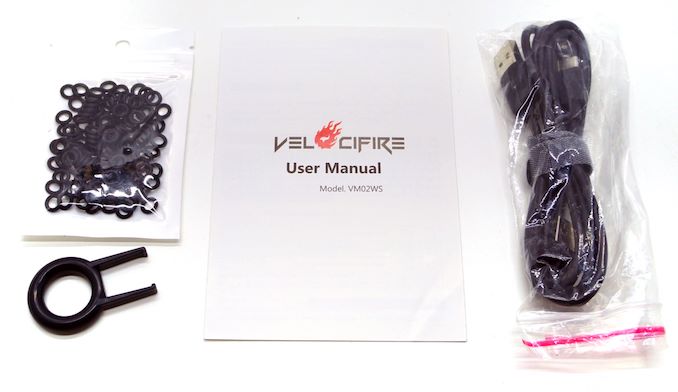

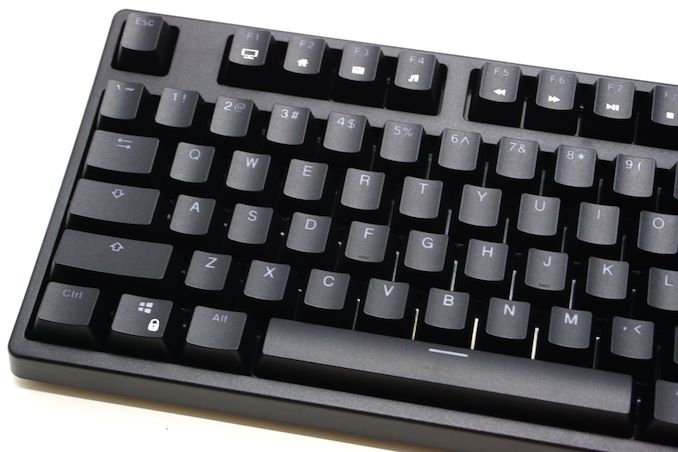
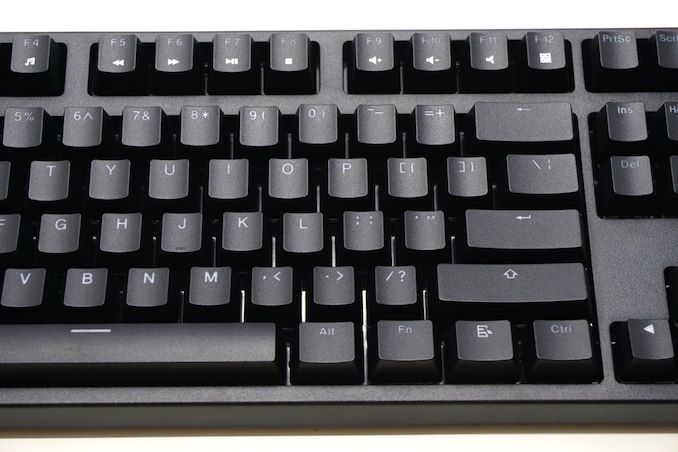

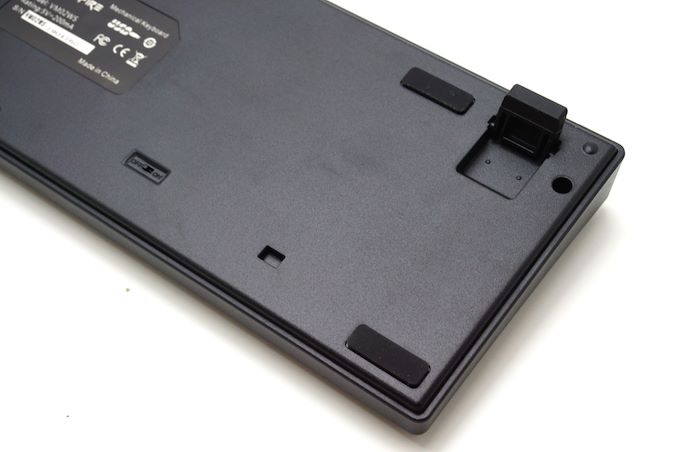

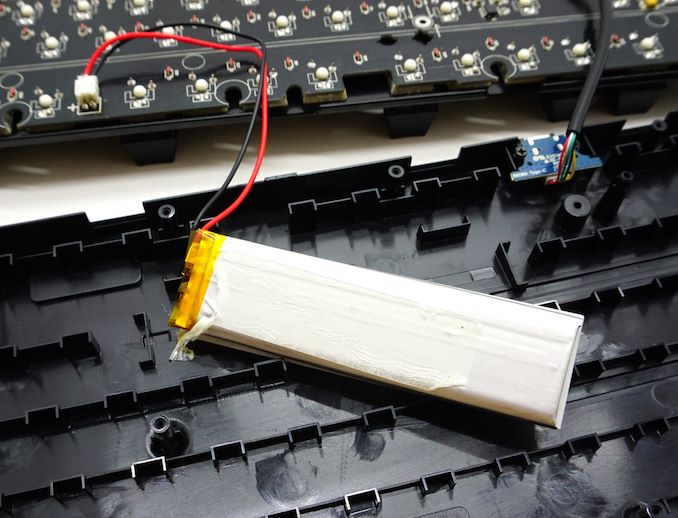

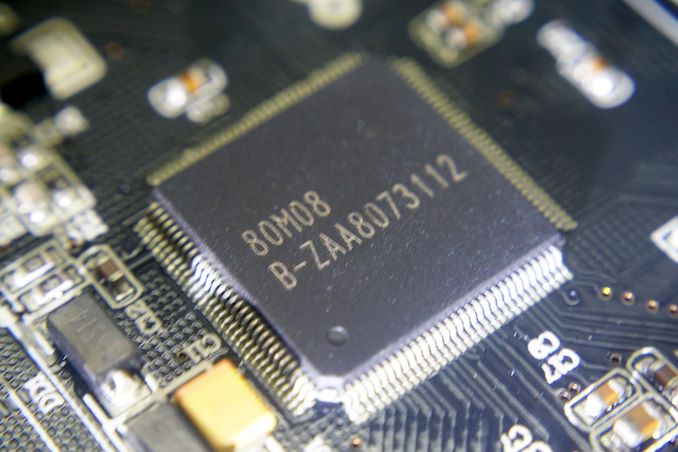

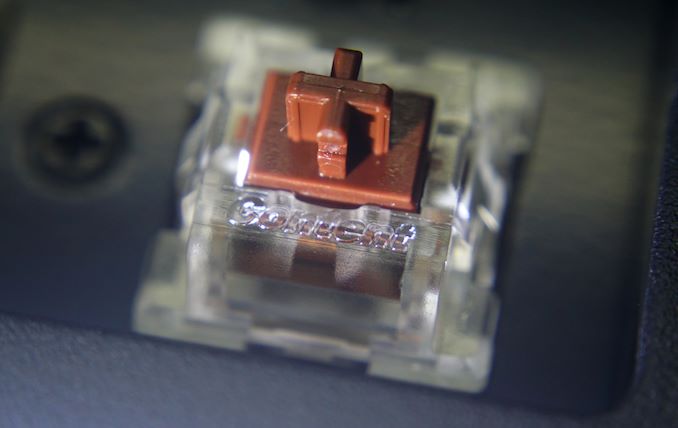
0 Comments:
Post a Comment